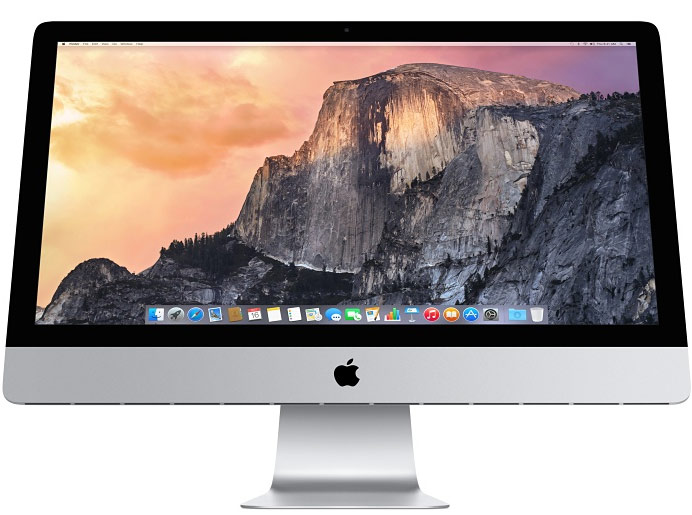Will A Future Apple iMac be made of glass?
Let’s take a walk down to memory lane, back to 2010. The iPhone 4 was unveiled and Apple introduced the device as the world’s thinnest smartphone, the first of its kind to integrate a Retina display, with a pixel density of 326 pixels per inch, among some of the most notable innovations.

The “glass phase” of the iPhone was short lived, however, as Apple decided to steer away from the shatter-prone glass approach, and build the enclosure for the iPhone 6, using the same aluminum as the MacBook, effectively unifying the design language used across all Apple devices.
According to a patent filed Monday September 1st, it seems that Apple might just bring glass back into its product lines, more specifically the Apple iMac, whose future iterations could feature a rear glass panel, which might replace the existing aluminum back panel, and wrap the entire housing of the iMac, including the glass covering the screen.
The drawings included in the patent are very specific of the way Apple intends to apply the new design, and reflect a similar pattern currently applied to the machined aluminum casing found in the latest MacBooks and iOS devices, with a similar curved edge, but with added lamination and fusion with the screen and other components.
More specifically, the new manufacturing process could entail five steps:
- Polished glass structure
- Fusion process with other components, possibly to create a seamless and smooth contour of the device
- Polishing of the resulting fused structure
- Chemical strengthening, to protect the final product from scratches and other types of surface damage
- final assembly
Why glass? Why not?
As strange as it may seem, considering the criticism received by iPhone users in regard to the fragile nature of glass panels on the back of the iPhone 4, as the primary reason to switch to anodized aluminum, glass may not be a terrible decision when it comes to desktop products like the iMac.
For one thing, the fragility of the material isn’t likely to be an issue as it would be in handheld products like the iPhone or the iPad, which are likely to continue to be wrapped in aluminum.
The added weight from the glass could actually turn out to be an advantage, in terms of structural stability, making the screen of the iMac less susceptible to vibrations and other motion propagated by the surface which the iMac sits on.
Finally, a contoured, seamless glass enclosure results in a more pleasing visual effect, as long as it’s regularly cleaned and free of fingerprints.